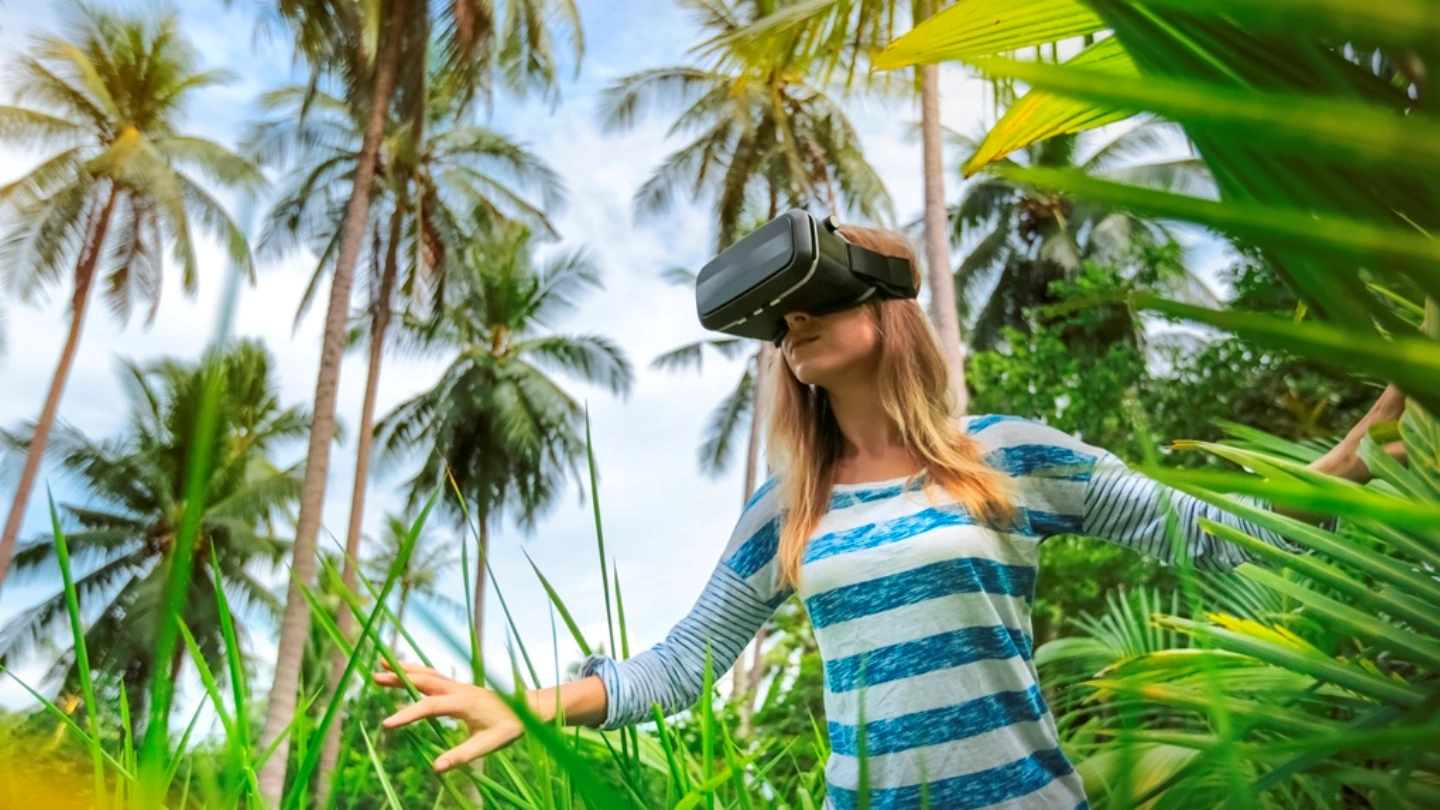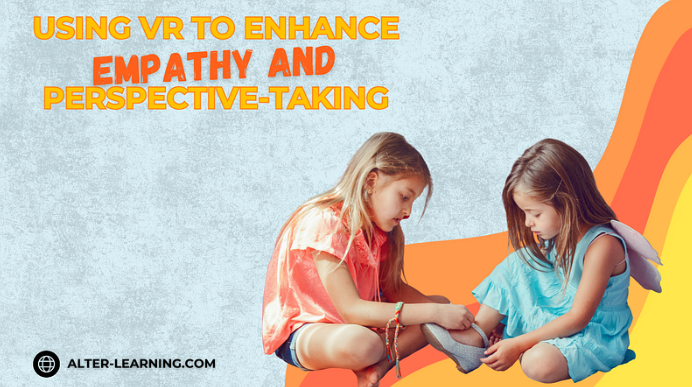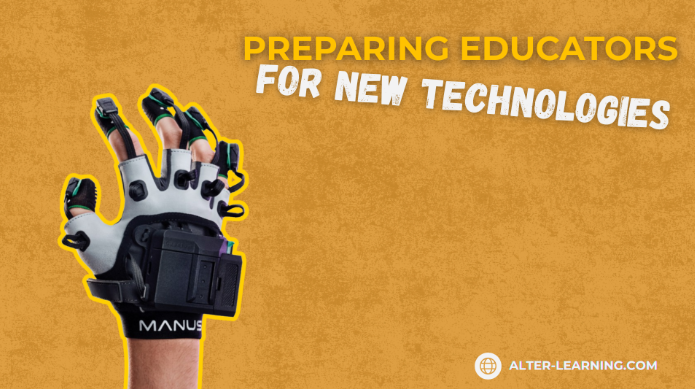Virtual Reality (VR) is not just a tool but a transformative force revolutionizing gaming and design and reshaping how we educate students about the natural world. Its immersive capabilities engage learners in ways that traditional methods cannot, making it a powerful tool for addressing environmental challenges like climate change and sustainability. Here’s how educators can harness this transformative power of VR for impactful environmental education.
Understanding VR Technology
VR immerses users in computer-generated 3D environments, allowing them to explore and interact with simulated worlds through headsets and accessories. This technology presents a unique opportunity for students to experience diverse ecosystems—from vibrant rainforests to the depths of the ocean—without leaving the classroom.
Transforming Environment Education
Traditional methods, such as textbooks and videos, provide valuable information, but they often need more emotional engagement to inspire stewardship. VR shifts the focus from passive learning to active exploration, igniting curiosity and fostering a deeper connection to the environment. Here are some ways VR is transforming environmental education:
- Virtual Field Trips: Students can embark on virtual excursions to polar ice caps, coral reefs, and other remote habitats. These experiences highlight the beauty and fragility of our planet, making environmental issues more tangible. Teachers are creating new field trips and sharing them with others at sites like WeAreTeachers.com.
- Simulations and Data Visualizations: VR can illustrate complex environmental phenomena, such as climate change and deforestation, through interactive simulations. These visual representations help students grasp critical trends and engage in important issues.
- Conservation Awareness: VR raises awareness of conservation efforts by immersing students in endangered habitats. Learners can observe the impacts of human activity on wildlife, fostering empathy and a sense of responsibility.
- Creating Future Environmentalists: Imagine guiding students through a VR simulation of a clearcut forest, then showing them a restored ecosystem through reforestation efforts. Or let them experience the aftermath of an oil spill and the efforts needed for marine recovery. Such encounters promote knowledge and inspire a commitment to environmental stewardship. To integrate these experiences into the curriculum, educators can design lesson plans that incorporate VR simulations to supplement traditional teaching methods.
Addressing Accessibility
While VR’s potential in environmental education is immense, it’s crucial to remember that this potential can only be fully realized when all students have equal access to VR technology.
There are several programs already in place to assist students and schools with limited internet access, such as:
We all share this responsibility, and we must all commit to fulfilling it. We need more programs to make sure all schools and students have access to the technology of the future.
Summary
The environmental promise of VR and AR technologies is undeniable. By bridging the gap between individuals and distant ecosystems, these platforms serve as potent tools in the fight against environmental degradation. As we commemorate Earth Month, let’s acknowledge the power of these technological marvels and harness them for a greener future.
Frequent Asked Questions
How can VR reduce the carbon footprint in the tourism sector?
By offering virtual tours, VR reduces the need for physical travel, thereby decreasing carbon emissions from transportation.
Isn’t VR technology energy-intensive?
While VR requires energy, its potential to reduce energy consumption in other areas, such as travel, can outweigh its energy use.
How does VR promote environmental education?
VR provides immersive experiences, allowing users to virtually experience environmental issues firsthand, fostering deeper understanding and empathy.
Are there environmental concerns with the production of VR equipment?
Like all electronics, VR equipment production has an environmental impact, emphasizing the importance of recycling and sustainable manufacturing practices.
Can VR be used in wildlife conservation?
Absolutely! VR can be used for virtual wildlife experiences, reducing disturbances to natural habitats, and also for training conservationists in simulated environments.




